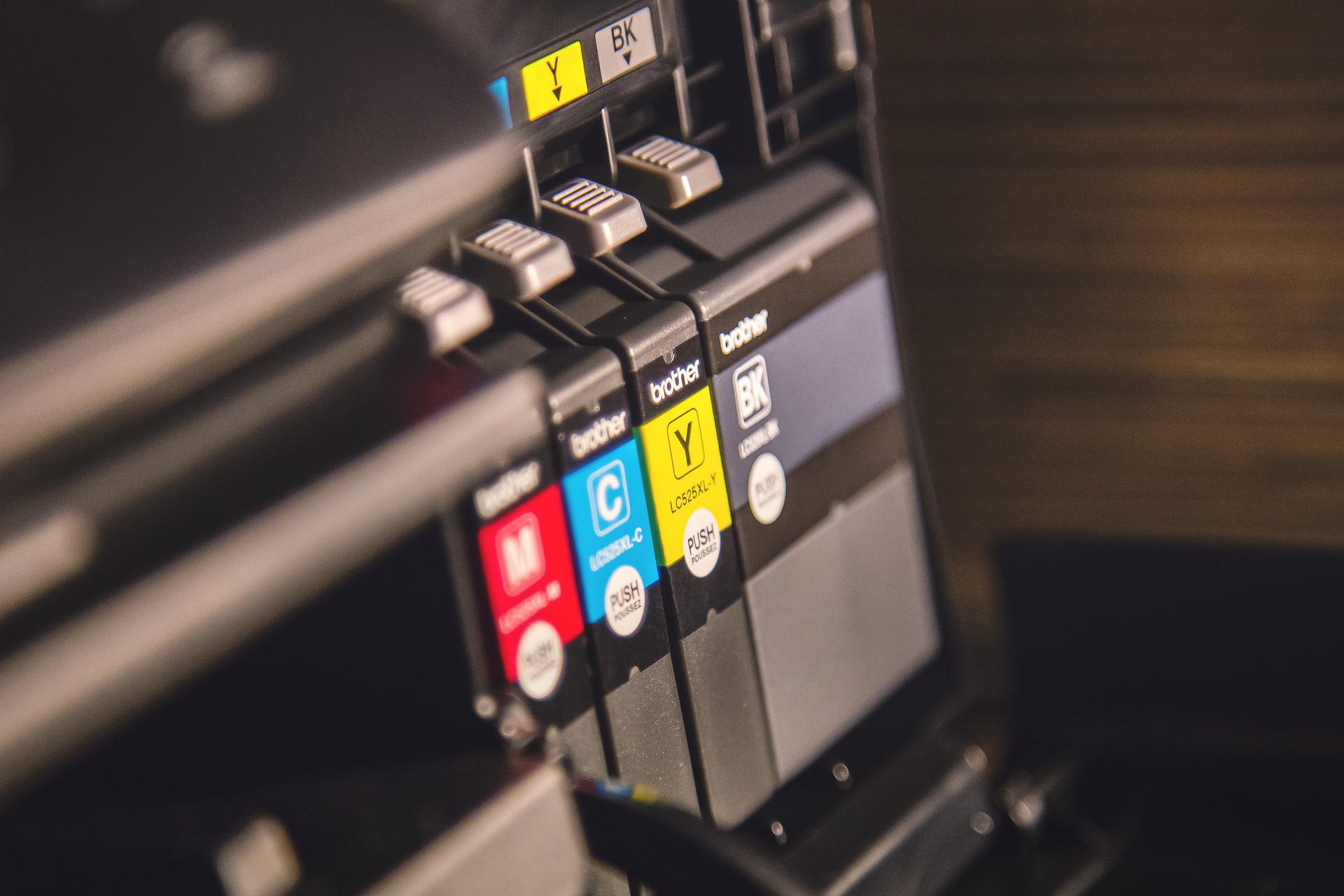No wonder how printers are used all over the world. There is hardly any place, whether it is a small or large scale business, this device is residing everywhere. What they do and why do we need this device in every place is nothing new to discuss. Yet, this article is more directed towards who wonders how things works behind the scene, not only on the level of hardware but also the software under the hood.
How do printers use programming languages?
Programmers will find this quite useful. Printers use programming language as well to print out the things you want from your computer. The communication between printing devices and your computers are made through printing languages. So, how do you tell your printer to print out the letter S or to print out a whole image? There are specific printing languages that are out there to handle both the characters and graphics the printer handles. Below are the list languages that the printers use.
ASCII
ASCII is one of the language that has been there since the dawn of technology. ASCII stands for American standard Code for Information Interchange (ASCII). It is a language that defines the set of alphabets, both uppercase and lower case, corresponds to certain symbols and codes. This is in use for long time and printers use this as well.
To have a taste of ASCII, for instance, the code 11 represents the letter B in capital letter, whose HEX code is B. There is bunch of whole code for these letters and symbols. You can refer to the ASCII table to have a comprehensive guide, available all over the internet. It is due to the ASCII code that the printer works from your computer whenever you press the PRT SCR key on your keyboard. This is highly useful but still limited to some points. For printing out high quality graphics and a wide array of fonts demands more advanced languages, that are already out there.
PostScript
In the 1980s, Adobe systems already developed a language called PostScript page description that is device-independent language for printers, used for high-resolution graphics and much scalable fonts. Just like any other language, a device needs some sort of interpreter for corresponding language. For printers, PostScript interpreters are embedded into the system.
One of the top advantage of having such embedded interpreter is, all of the heavy task like printing out high resolution graphics, are done by printer eliminating the involvement of the computer’s CPU. Hence the PostScript printers have a quite good reputation for being faster. Each of the page postScript define as a single raster image. This makes postScript quite a portable files that can be created on one machine and printed out another machine. This includes the high-end typesetters.

